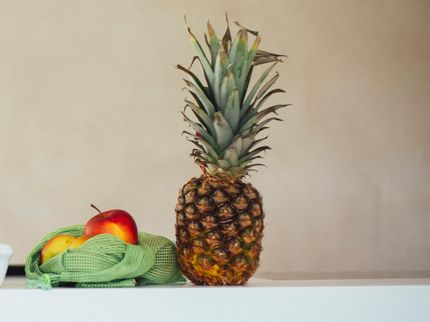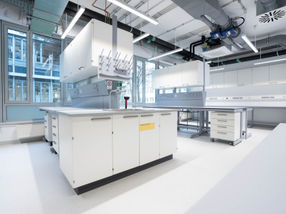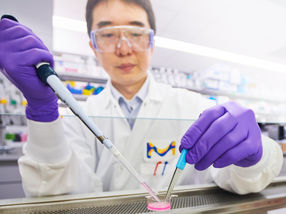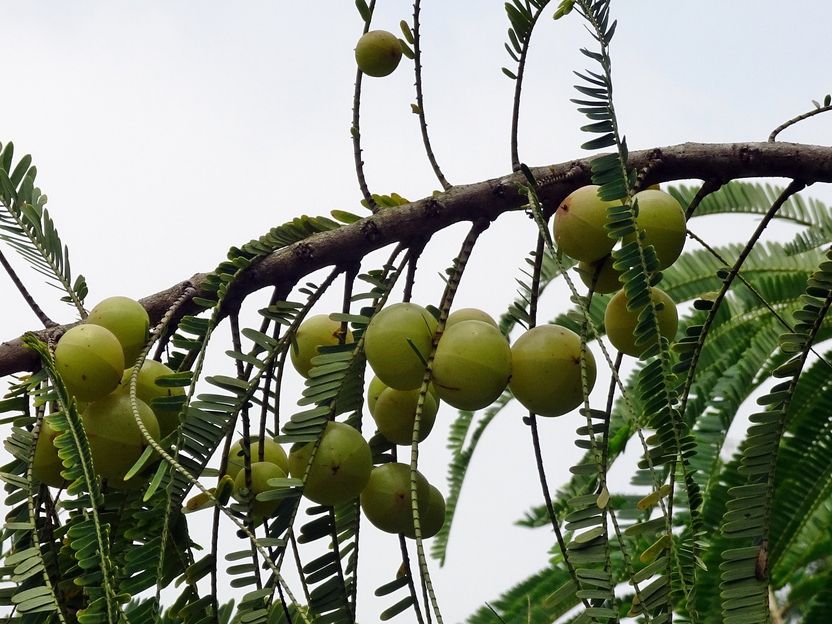Why supermarkets are now opting for crownless pineapples
Consumer advice center analyses trend: 25% higher transport efficiency, local recycling as fertilizer, no loss of quality if stored correctly
Advertisement
pineapple topless: For some time now, some supermarkets have been offering pineapples without the typical crown. The change is intended to reduce greenhouse gases during transportation, reduce waste on the consumer side and at the same time create benefits for cultivation in the countries of origin. Hannah Zeyßig, food expert at the NRW consumer advice center, explains what exactly is behind this and whether consumers have to do without anything.

Symbol image
AI-generated image
Why is the crown removed - and what happens to it?
After the harvest, the pineapple crown remains in the country of cultivation - it is not exported because it has no significance for consumption. However, it is put to good use locally: a large proportion is composted or fermented in biogas plants and then used as a valuable organic fertilizer. Research from tropical agriculture shows that pineapple residues such as leaves and crowns can improve soil fertility, return nutrients and thus significantly reduce the use of chemical fertilizers. Around a fifth of the crowns are also suitable for growing new plants. However, the possibilities are limited, as the own crown is significantly less efficient for propagation than propagation via other side shoots.
Does removing the crown affect the quality of the pineapple?
Studies suggest that as long as the fruit is handled and cooled properly, the quality is maintained. The cut surface quickly becomes woody and protects the fruit. Studies show that although certain ageing processes can be accelerated, these effects are hardly significant if the fruit is stored appropriately - especially in the case of the commercial variety. Removal can also have visual advantages, as the fruit will not have dried out or moldy crowns, which improves the marketing value.
What are the environmental benefits?
The volume of the pineapple is largely determined by the crown. Without it, more fruit can be accommodated per transport crate - in some cases up to 25 percent more. According to scientific studies, this could measurably reduce CO₂ emissions per fruit. However, transportation only accounts for a small part of the ecological footprint. Far greater environmental problems arise during cultivation itself. These include, for example, the high use of fertilizers and pesticides, damage to the soil caused by large monocultures and the displacement of plants and animals in the countries where they are grown. Therefore, even without a crown, pineapples remain an imported tropical fruit with a very long supply chain. From an ecological point of view, it makes sense to consume exotic fruits only occasionally - and to rely primarily on seasonal, regional fruit varieties in everyday life.
Note: This article has been translated using a computer system without human intervention. LUMITOS offers these automatic translations to present a wider range of current news. Since this article has been translated with automatic translation, it is possible that it contains errors in vocabulary, syntax or grammar. The original article in German can be found here.























































